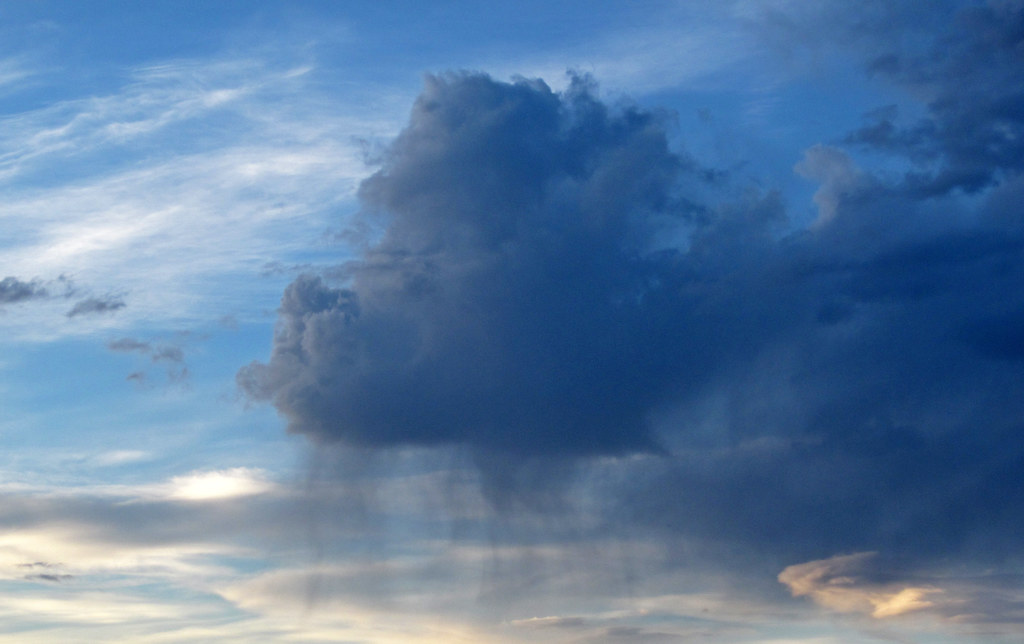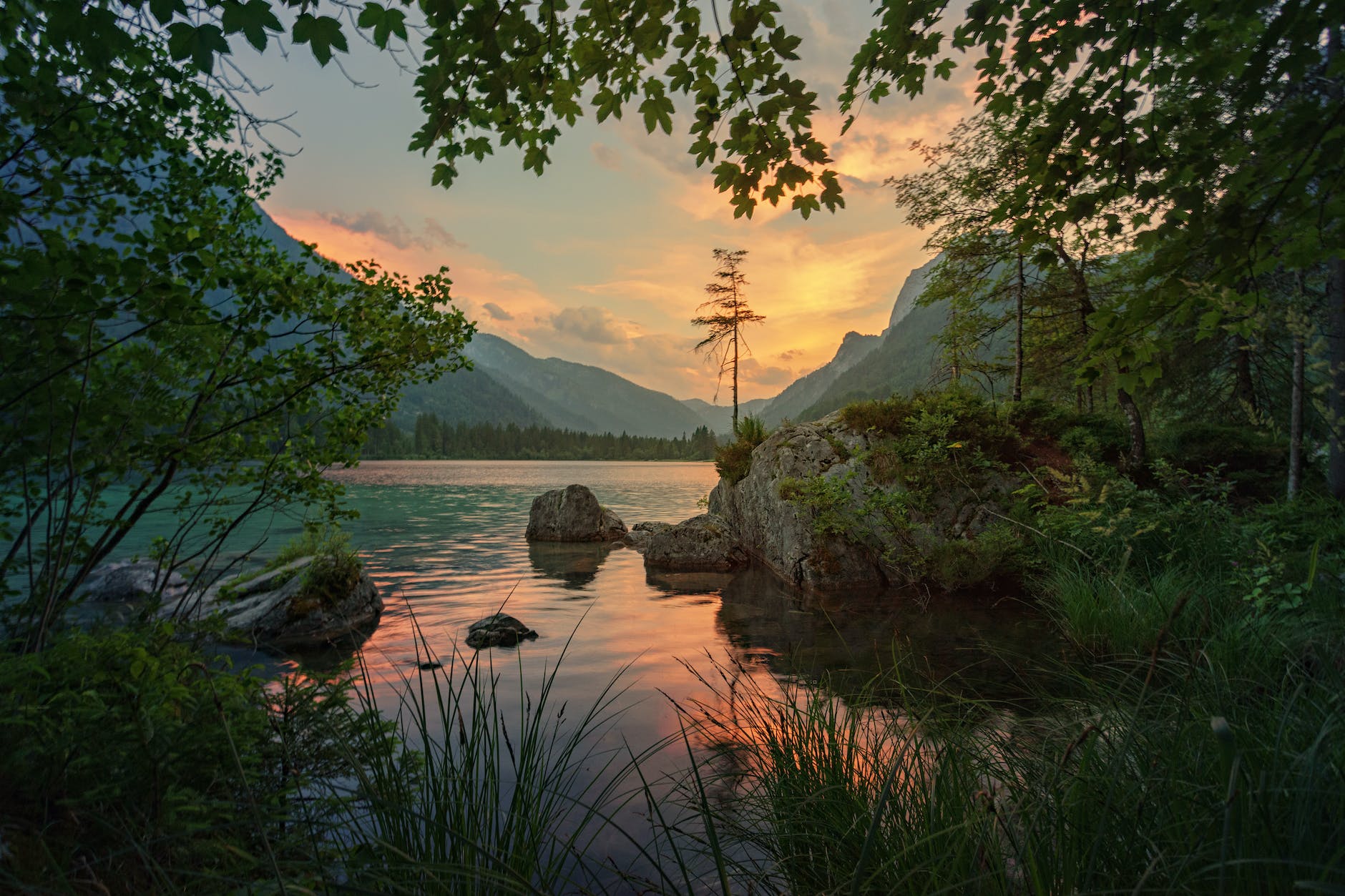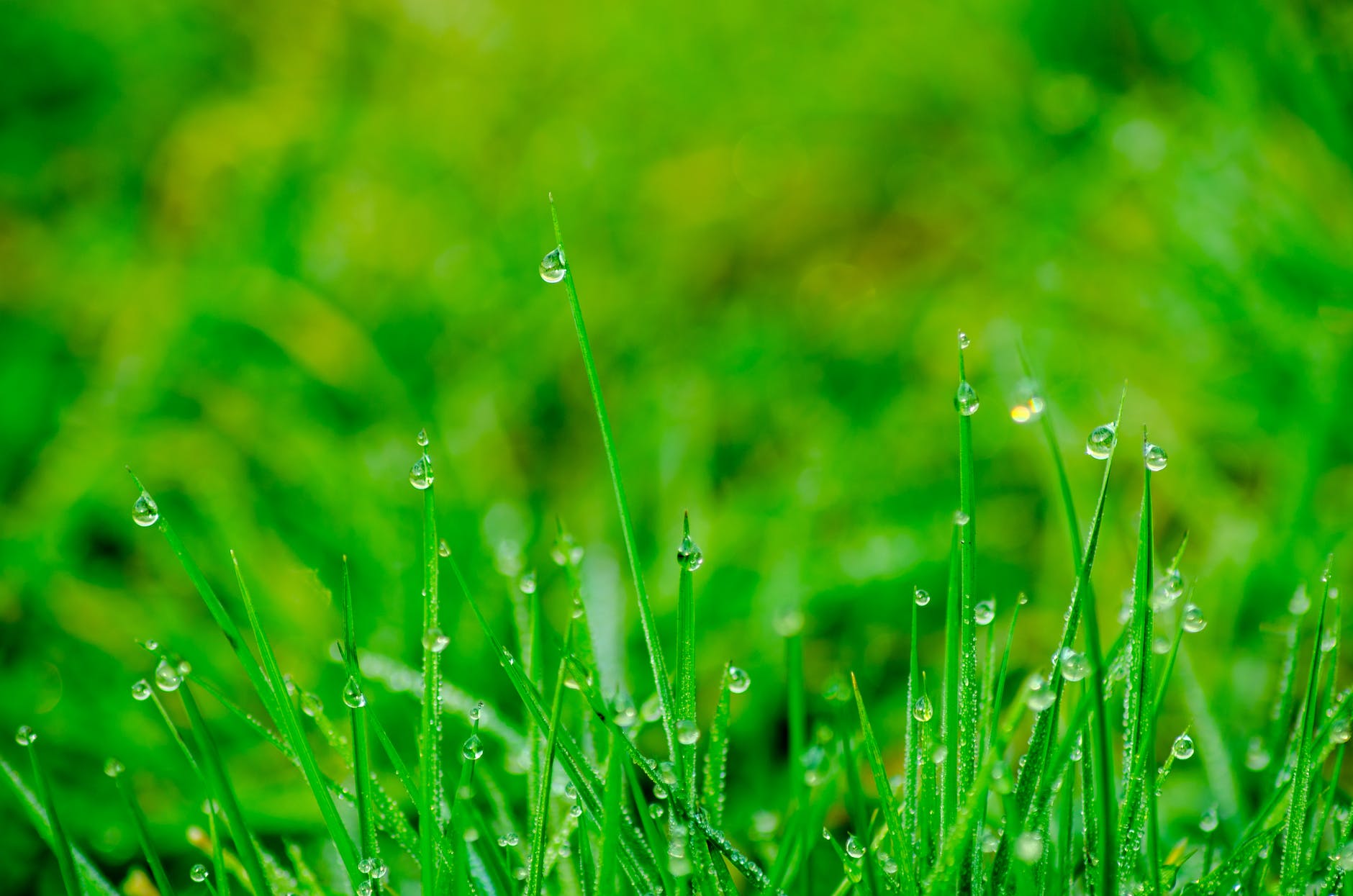Rain is a fascinating weather phenomenon. Sometimes, rain falls from the sky even when there are no clouds around. This might seem unusual, but it happens. Let’s explore this interesting phenomenon and learn more about rain.
The Role of Clouds in Rainfall

Before we find the answer to the question of whether rain can occur without clouds, let’s understand the critical role clouds play in the rainfall process. Clouds are like nature’s reservoirs, holding vast amounts of water vapor. When the air becomes saturated with moisture and can no longer hold it, we witness the birth of clouds. These clouds grow as more and more water vapor condenses onto tiny particles in the atmosphere. Eventually, these water droplets merge and grow, becoming heavy enough to fall as rain.
Is Rain Without Clouds Possible?

Now, let’s address the central question: Can it rain without clouds? The short answer is no, at least not in the way we typically associate with rain. Rainfall, as we know it, is a result of the condensation and aggregation of water droplets within clouds. When these droplets combine and reach a critical mass, gravity pulls them earthward, and we experience rain.
The Exception: Virga
While traditional rain requires clouds, there is an exception known as “virga.” Virga is a meteorological phenomenon where precipitation falls from a cloud but evaporates before reaching the ground. This gives the appearance of rain falling from a cloudless sky. Virga occurs when the lower atmosphere is exceptionally dry, causing raindrops to evaporate as they descend. It’s a breathtaking sight, often seen in arid regions.

Other Sources of Ground Moisture

Even though rain without clouds is improbable, there are other sources of ground moisture that can lead to localized rain-like effects. Bodies of water, such as lakes, rivers, and oceans, can release moisture into the air through evaporation. This moisture-laden air can then rise and cool, forming low-lying clouds and sometimes producing light drizzle or mist. While it may not be traditional rain, it can create a damp atmosphere reminiscent of rain.
Also Read: Polar Stratospheric Clouds
The Magic of Dew

In the early morning, you might have noticed tiny water droplets glistening on grass blades and leaves. This enchanting phenomenon is known as dew. Dew forms when the ground loses heat during the night, causing the surrounding air to cool. As the air cools, it can no longer hold as much moisture, leading to condensation on surfaces. While not rain in the traditional sense, dew provides essential moisture to plants and insects.
Also Read: Altostratus Clouds: Description and Facts
Altocumulus: Exploring the Mid-Level Clouds in the Sky
Rain, Clouds, and the Water Cycle
To appreciate the connection between rain, clouds, and the broader water cycle, we need to understand that Earth’s water is in constant motion. Water evaporates from oceans, lakes, and rivers, rises into the atmosphere, forms clouds, and eventually returns to the surface as precipitation. This beautifully orchestrated process is the heartbeat of our planet, sustaining life as we know it.
In conclusion, while rain without clouds is not a typical meteorological occurrence, the natural world is full of surprises and exceptions. Virga and moisture from bodies of water can create rain-like effects, even if traditional clouds aren’t present. However, the core of our planet’s rainfall system lies in the formation and movement of clouds, showcasing the marvels of the Earth’s water cycle.
